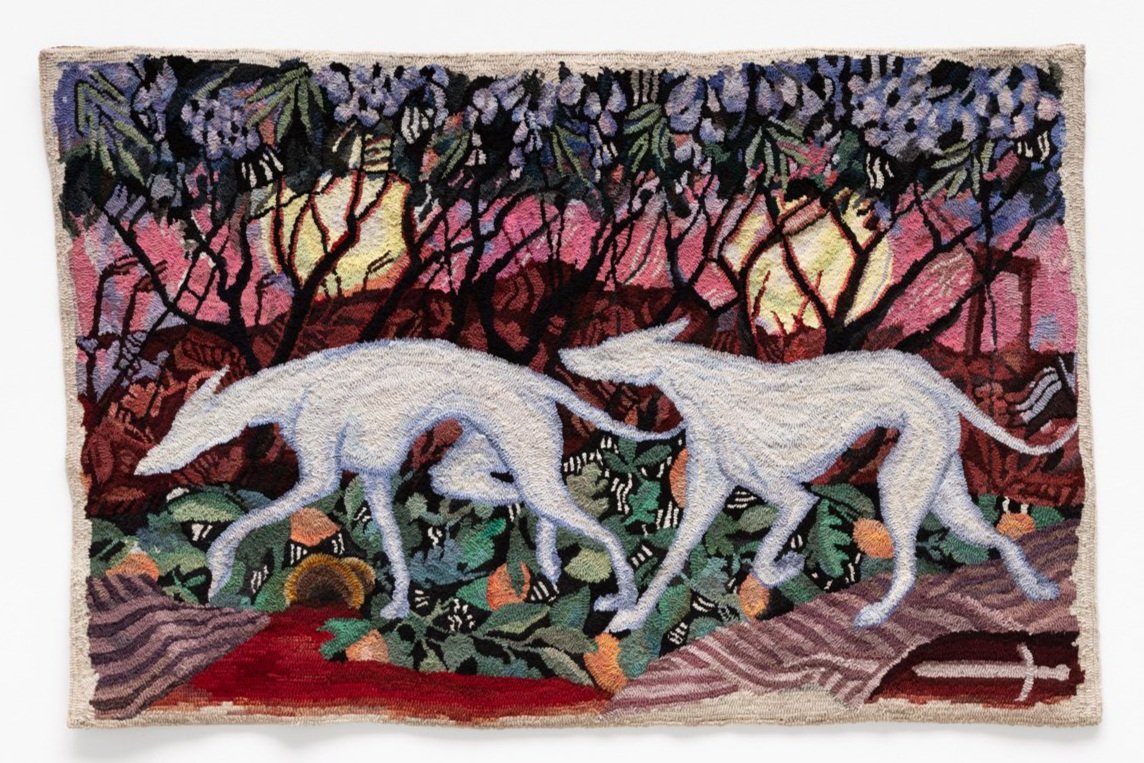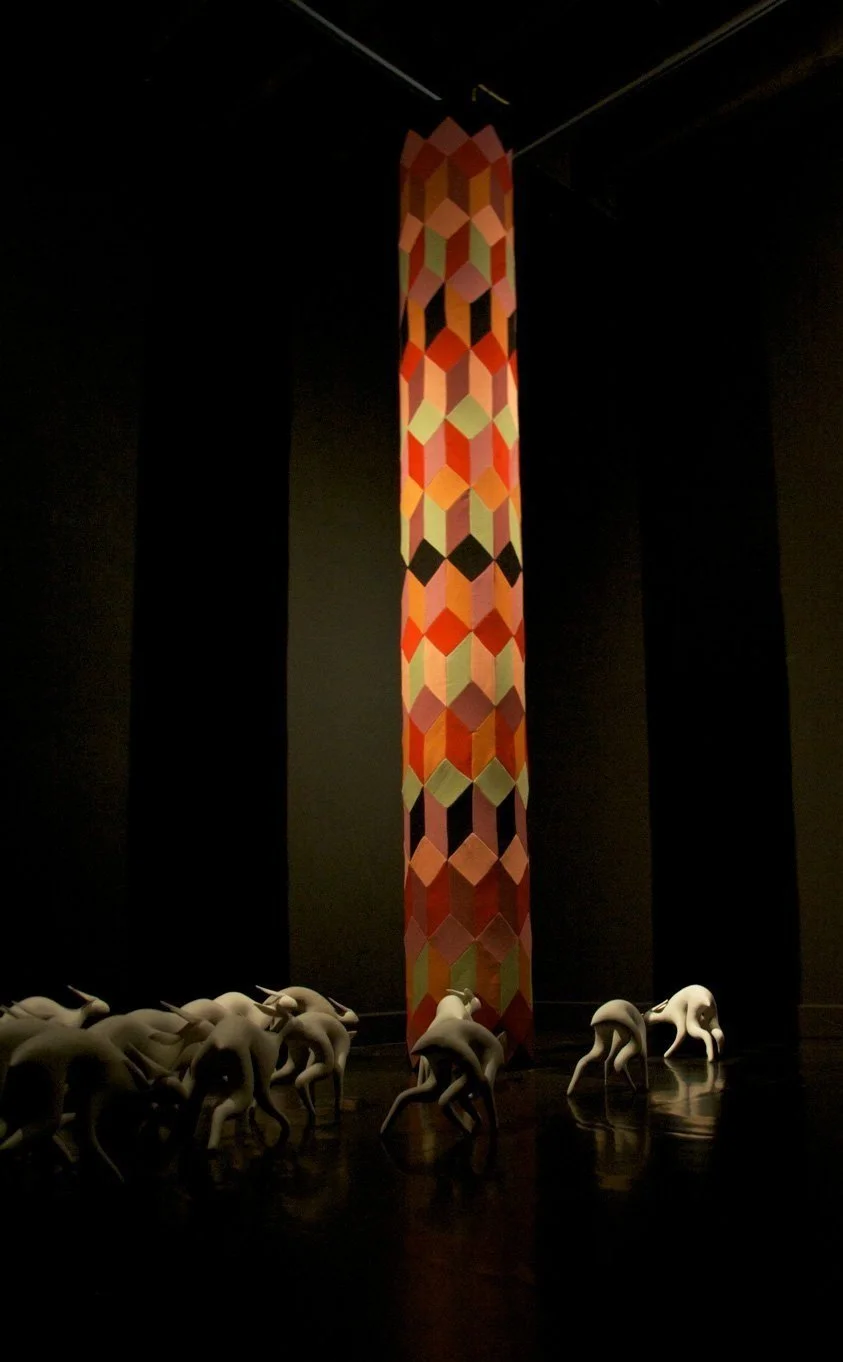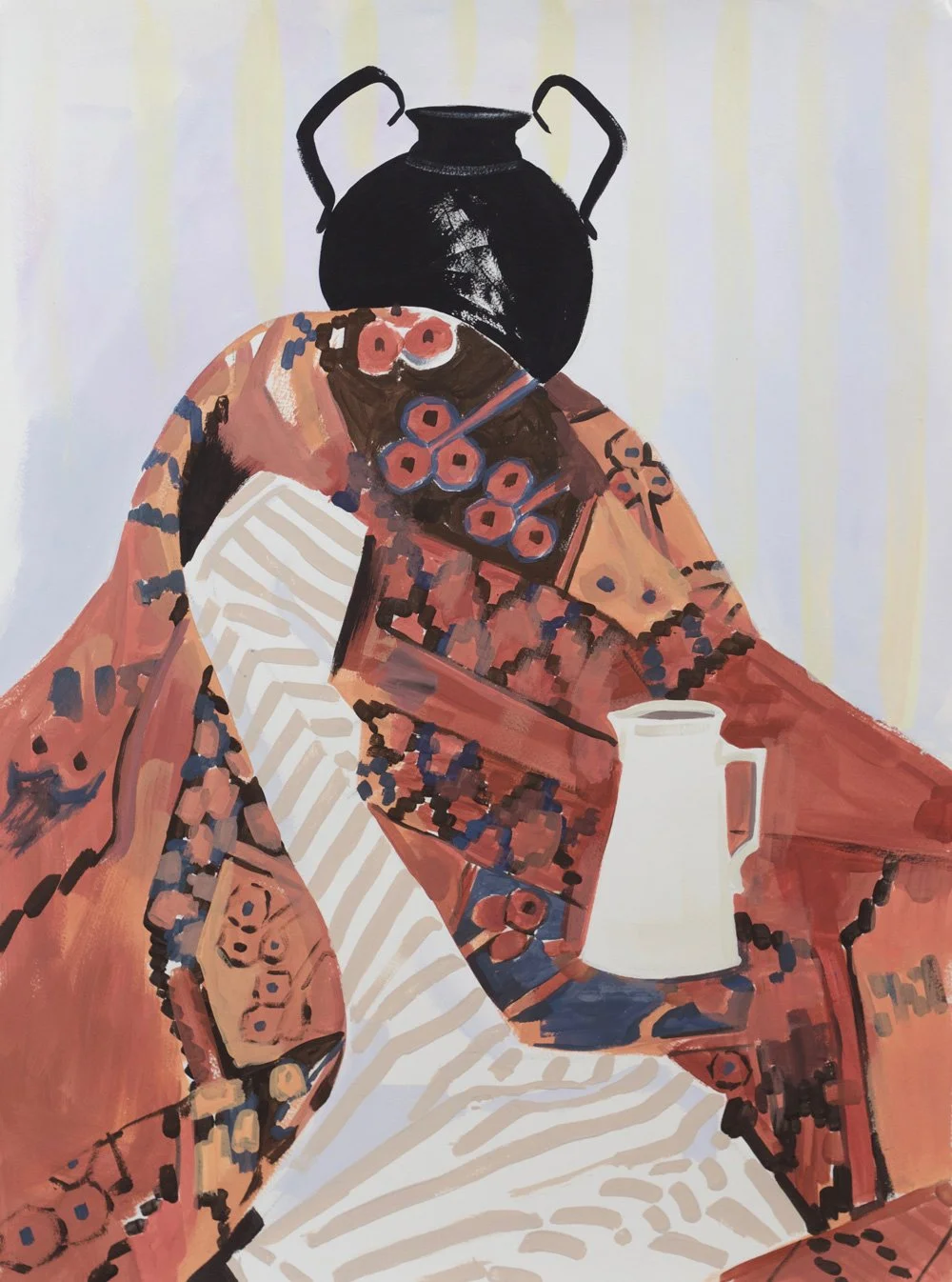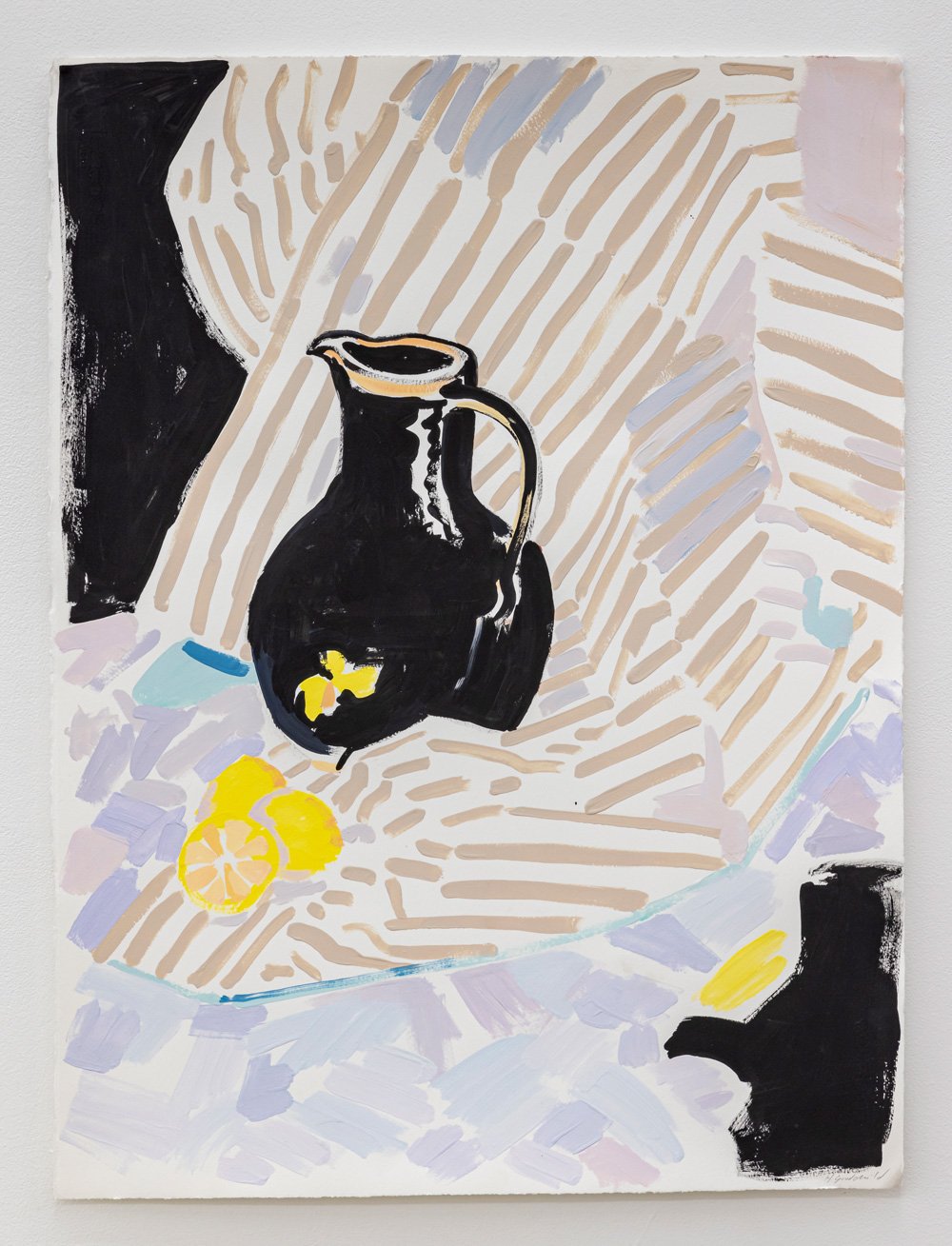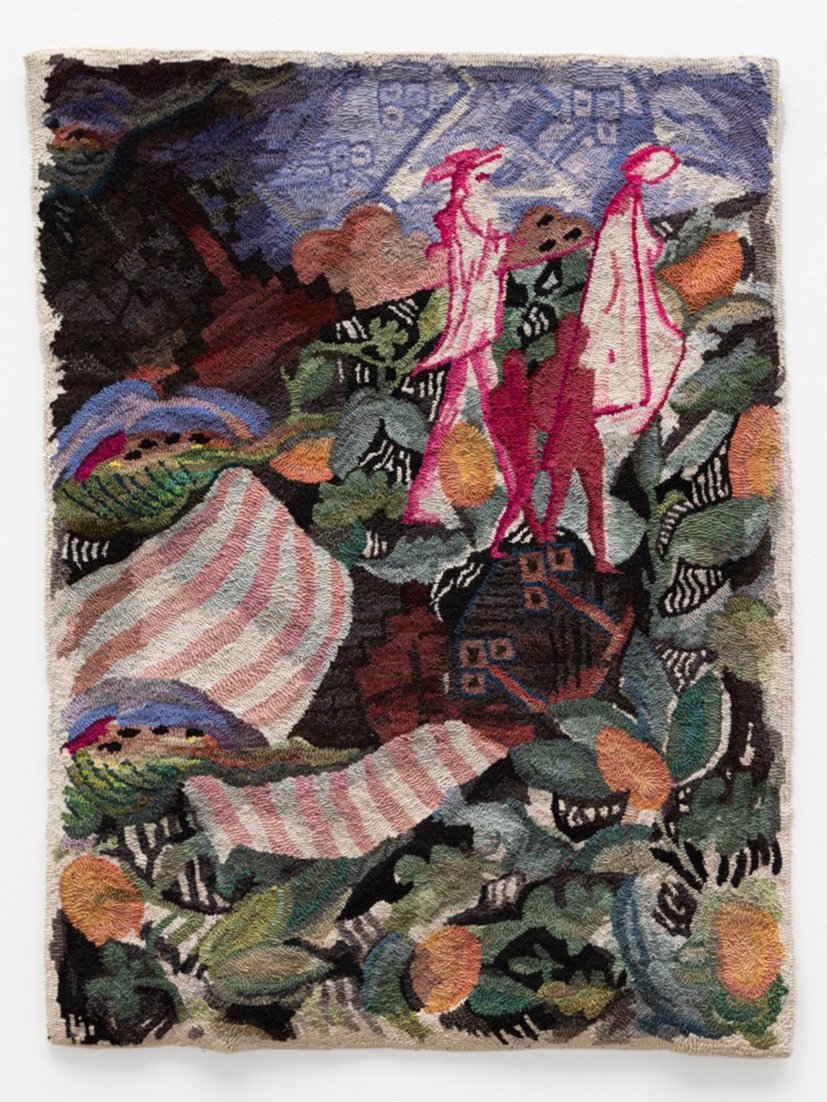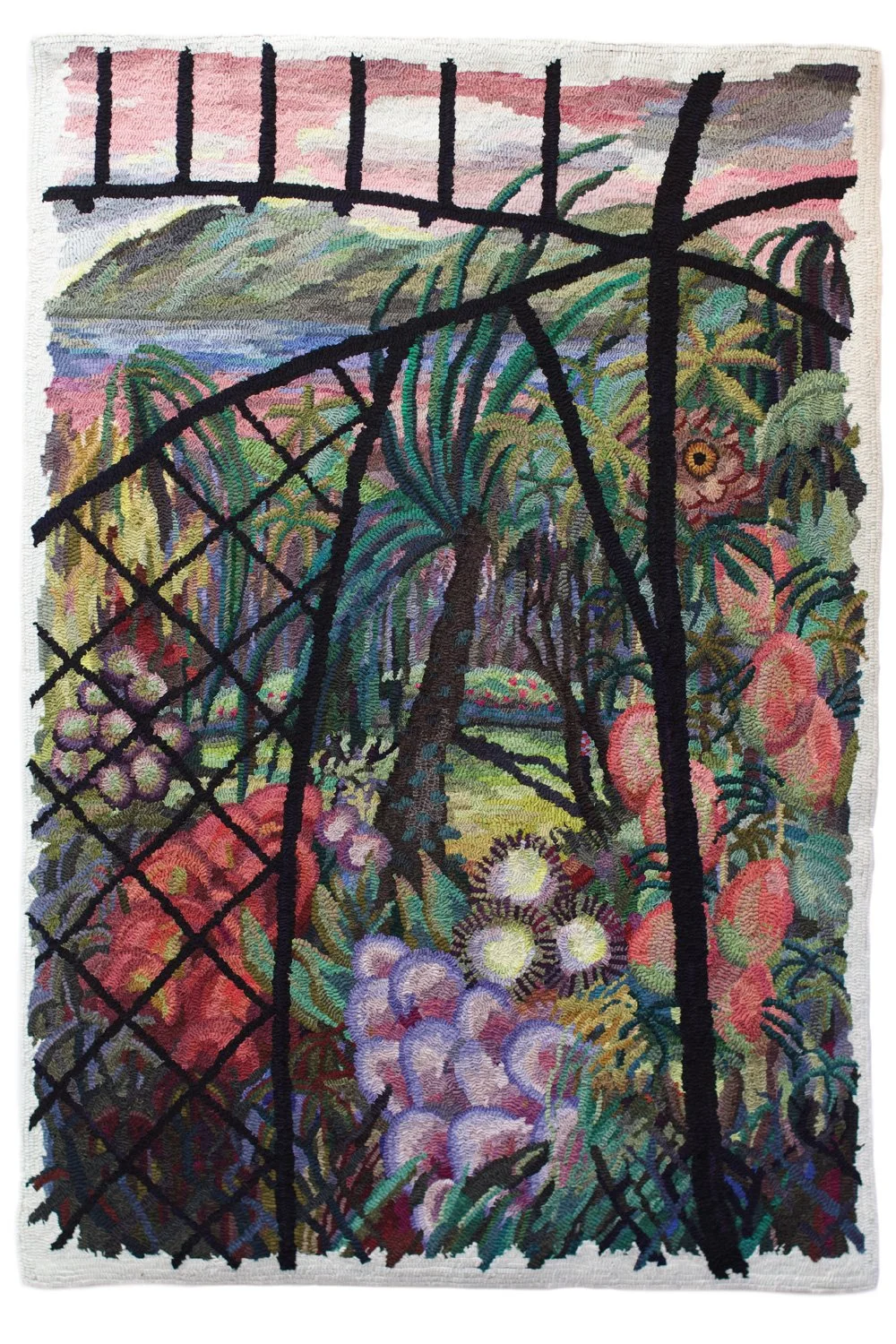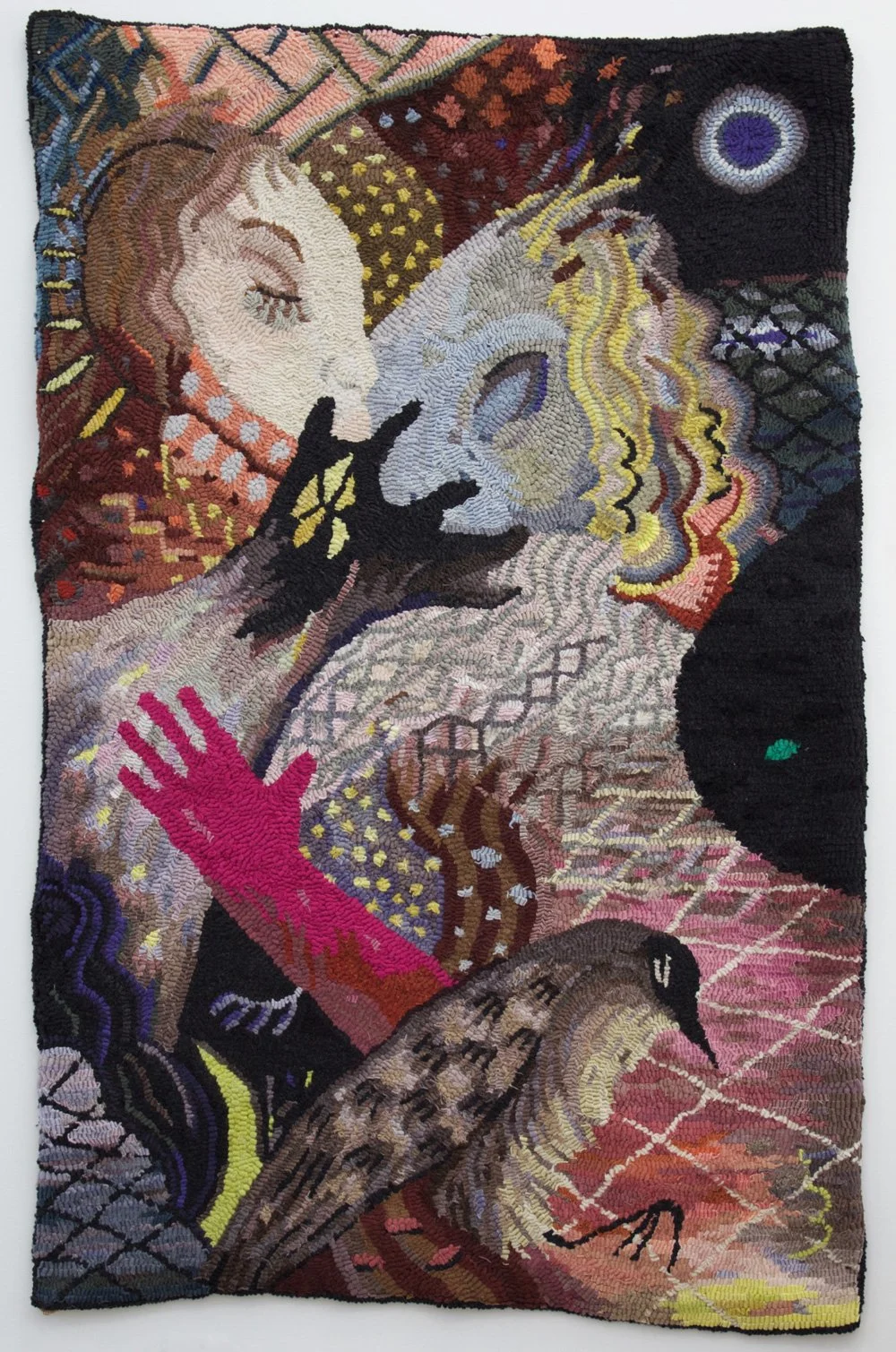Burning Province
By Michael Prior (McClelland & Stewart)
Reviewed by Keith Garebian
In his debut collection, Model Disciple, Michael Prior dealt with family history and summative wisdom. His second collection, Burning Province, explores the roots of trauma, intergenerational memory, transformation, and significant words keenly linked to these subjects empirically or historically. A twofold elegy, Burning Province signals a home aflame, referring to the wildfires that ravaged B.C. in 2015 and 2017. It also confronts familial loss encompassing the traumatic ignominy of Japanese-Canadian internment during World War II. The first poem, “A Hundred and Fifty Pounds,” opens with a metaphor that encapsulates the pain of an afflicted, shrinking humanity: ※In some, the luggage lies open / like a mouth mid-sentence. / In others, closed zippers grimace.” Contextualizing his grandparents’ abrupt displacement, loss of home, and brutal internment, Prior*s language shrinks in lines such as “the pained mind to the space / inside a suitcase,” and “a tiny, uninsulated shack,” where meagre belongings are relics of valid fears. Many poems form a constellation on a similar theme, their imagery rife with images of things broken, unstitched, rotting, burnt, ashen. His grandparents recall the “midnight funerals” during wartime imprisonment and the “black hole of a body unbodied by heat,” which is another way of crystallizing the inhospitableness of place or landscape. The interweaving is reinforced with recurring images of heat, flame, and ash. This brilliant biracial poet depicts ※fires metastasizing through the Interior,” and sometimes, in twisting pastoral tropes, he attempts to deal with family history, self, and the world in a poetic conjugation of past and present. In “Georgic” (which recalls Virgil), he asserts “the landscape [he] was made for” and tells a story in which his great-grandfather tended a strawberry farm; and in “Pastoral,” he marks an erasure of ancestral dignity and identity that remains in his psyche. This is the sort of modification of mood, person, and tense practised by poets of different temperaments and ethnicity, such as Derek Walcott, Dionne Brand, Ocean Vuong, Natalie Diaz, Jericho Brown, and Billy-Ray Belcourt, all of whom are able to fold time upon itself, recognizing that personal histories move in curves rather than straight lines.
In literary nods to Virgil, Katherine Anne Porter, Robert Lowell, Annie Dillard, Joan Didion, James Schuyler, and others, Prior practises more than ekphrases as either vivid description of an art object or a rhetorical exercise in the voice of a person or object, as manifested by poets such as John Ashbery’s recalling the art of Parmigianino in Self-Portrait in a Convex Mirror or Anne Carson’s “Hopper: Confessions,” where she conflates the art of Edward Hopper and the philosophy and theology of St. Augustine. He moves between past and present, interior and exterior, the real and imagined, in order to uncover and engage with vexations of cultural memory. And his expert repertoire of internal rhyme, assonance, and emblem enhances and embellishes his craft. So do his allusions to contemporary technological fads or media touchstones (Hollywood fantasies of war and the defeat of evil), his quasi-metaphysical sophistication conjoined to a skilful application of folding one image into another (learned, of course, from Japanese origami) in an act of implicit transformation and complexity (“In Cloud Country”), and his virtuoso use of metaphor: fire, for example, acts amorphously, bursting into flame, the speaker’s sorrow over loss flaring up in unexpected ways and places.
The collection uses various journeys into memory as vital markers of deterioration and inheritance, a process that can be noted in lines such as “What matters is not what you bring, / but what you keep”; “Of how what’s outside / fades what’s within”; “wait by the fire for an obsidian mask / to fill with ash—to unbecome its pain.” Each of the two sections of this collection ends with a poem that marks a difference in the poet’s psychic direction. The first section is more heavily concentrated on family suffering, loss, inheritance (good and bad), so it leans inward while covering the past. The second section ends with “Wakeful Things,” which gestures outward—where the image of fire (as something destructive) changes into sunlight (“each morning’s / patchwork blur of light”)—thereby pointing to a more hopeful psychological and cognitive state, where hope is implicit even in the open-ended question “what do they hold?” Michael Prior’s dexterous genius is substantiated in this aesthetically well-wrought collection.
Saga Boy
By Antonio Michael Downing (Viking)
Reviewed by Neil Price
Deciding what to include or exclude in a memoir is often a great challenge for a writer. There are so many competing events, so many layers of experience to pack into one volume. It’s even more difficult to write a memoir when the author presents many different selves that require explanation, as is the case with Antonio Michael Downing’s second book, Saga Boy.
Downing was born in southern Trinidad and Tobago, or simply “south” as locals call the region. In the first section of his book, he recounts a childhood guided by the loving care of his grandmother, Ms. Excelly, who, in classic Caribbean fashion, raises Downing in place of parents who have absconded for lives overseas. Downing makes it clear that his values and ways of knowing are informed by his grandmother’s deep religious faith and fortitude: “I grew up understanding that Caribbean women were deep wells of resilience from which all around them drew water.”
Downing’s formative years are shaped by his awe and gratitude for the lush hills and gullies of rural Trinidad. The “bush,” where Downing encounters the beauty of the land and its people, is “really a rainforest, and it spread its wings everywhere. It was an ocean of thick bristling green.” In elegant and controlled prose, the author describes an isolated community in which folklore and mystery abound. His mesmerizing environment teems with subtropical fauna and flora. While there isn’t much money to go around, the people of Monkeytown have a sense of living amid abundance. We’ve grown accustomed to books featuring life in Trinidad’s vibrant capital, Port of Spain, but rarely are we invited into an engrossing story about life in the countryside, which, as Downing puts it, was “full of monsters but it was also full of miracles.”
There is also the centrality of pain and dislocation in Downing’s story, where he writes about being sexually abused as a child and subjected to brutal punishments that cause him to go in search of safety and understanding. With his parents absent for most of his life, the author recounts how he never felt settled or assured. Despite his grandmother’s immense love and guidance, he’s unable to answer fundamental questions about himself or his immediate family. It’s this desire to bring together what has been left asunder that drives the book’s narrative.
At the age of eleven, Downing and his brother move to Canada. He arrives in Wabigoon, Ontario, where he is daunted by his new community and its climate: “When a nor’wester brings a blizzard, it howls at the world like a demented animal. A faceless animal the size of God.” In a mostly white town surrounded by dense forests, Downing becomes keenly aware of his Blackness. He feels estranged and distrustful of those around him and longs to return to Trinidad. Soon there is strife and tension at home borne out of his aunt’s religious strictures and her efforts to keep an increasingly wayward nephew on the narrow path.
Moving into his teens, Downing reconnects with his parents and meets other siblings. These are momentous events that usher both joy and struggle into his life. After years of shuttling around between homes and dealing with a steady stream of personal and family problems, Downing falls into substance abuse and gets entangled with the criminal justice system. It is to free himself from constant turmoil that Downing seeks solace in adopting different personas and guises that offer creative outlets for self-experimentation. On his way to becoming a touring punk-band musician, he is sometimes referred to as Tony, while at other times he’s Mic Dainjah, or John, each name bringing the possibility of transformation and security. “All I wanted was a home,” writes Downing. “For the ground to stop shifting beneath my feet. For something, anything, to stay the same long enough for me to feel rooted.”
Downing’s story conveys a young man’s quest to assemble his fragments of origin in order to shape a life of meaning and purpose. What makes Saga Boy an achingly compelling account concerning the search for identity and belonging is how Downing manages to keep together what—in the hands of a less skilful writer—could have become an unwieldy and overwrought narrative. The coming-of-age memoir may be well-trodden territory, but Downing brings to it a fresh and daring perspective that both bewilders and delights.
Erase and Rewind
By Meghan Bell (Book*hug Press)
Reviewed by Shazia Hafiz Ramji
Meghan Bell’s debut collection of short stories, Erase and Rewind, borrows its title from the Cardigans’ song of the same name, released in 1998. “Hey, what did you hear me say?” sings the frontwoman, Nina Persson. “You know the difference it makes… I said it’s fine before, but I don’t think so no more.” Like the song, the stories in Bell’s collection are about women changing their minds and learning to assert themselves as they navigate coming-of-age, desire, and baby-making through ice hockey, Netflix, and mandrakes.
In the title story that opens the collection, a stoned math student discovers she can reverse time shortly after leaving the house of a guy whom she has reluctantly accepted as a boyfriend of sorts. As the story unfolds in reverse chronological order in the span of twelve days, Louisa questions the reality of what happened between them, detailing the looming question of consent during a night of intoxication. The unnamed omniscient narrator interrupts the descending chronology to tell us Three Things to Know about Louisa, revealing her conflicted emotions after learning about feminism, her self-described “prudishness,” and 423 photographs chronicling her experimentation with alcohol, cannabis, and ecstasy, eleven of which were taken within the last four hours on Day Eleven of the chronology. The vulnerability of Louisa coupled with Bell’s minimalist, snappy dialogue, characterizes the daring stakes of the collection as a whole, which touches on topics such as assault, without being didactic.
In the second story, “Faking It,” a group of young girls in an elite ice hockey league are on a plane that catches fire. One of them posits that the opposing team of Albertans won because they had a ton of lesbians, and that “lesbians are better athletes. Because they have more testosterone. Like men.” This glimpse of teenage malice shatters into a hierarchy among the girls, who form cliques and drink in secret during their trip. The socially awkward protagonist, Annie, admits: “the more I pretended to connect, the more I was convinced that everyone could see that I was faking it.” The voice of Annie, simultaneously self-aware and earnest, is typical of the tensions of belonging and alienation that simmer throughout.
In “Lighthouse Park,” a popular queer woman, Jenny, befriends her late best friend Courtney’s sister, Christine. They go to a party together and Jenny drunkenly kisses Christine. A boy tries to poke fun at Jenny’s attempt to get the “next best thing,” but quiet Christine lashes out and knocks him down. A surprising tenderness emerges later in the story, when Jenny and Christine watch Netflix together, speaking. Their connection speaks volumes about the way grief moves through the characters as only they can understand.
Erase and Rewind is a bold and nuanced collection of stories, where women lose and find themselves through depression, desire, and friendship, only to become more wholly themselves, on their own terms—a distinctive, feminist book.
Autotheory as Feminist Practice in Art, Writing, and Criticism
By Lauren Fournier (MIT Press)
Reviewed by Suzanne Zelazo
Lauren Fournier’s capacious study, Autotheory as Feminist Practice in Art, Writing, and Criticism, is the first comprehensive genealogical exploration of autotheory as a genre. Although indebted to much earlier feminist artistic practices, Fournier situates autotheory within third and fourth wave feminism, specifically as a post-1960s artistic practice foregrounding an intersectionality that expands the ethics and aesthetics of thinking and being. Emerging as a response to hegemonic modes (and thinkers) that exclude, invalidate, silence, or erase subjects, autotheory is theory as performance and embodiment. More specifically, it is the theory of the lived experiences of women, including nonbinary and gender-nonconforming folks who, as Fournier explains, “integrate the personal and the critical, the theoretical and the autobiographical, the creative and the critical, in ways attuned to interdisciplinary feminist histories.” Thus, autotheory insists not simply that who and what we are, and how we think and engage with the world, is valid, but also that it is inseparable from our creative and intellectual enterprise.
The term autotheory gained currency in 2015 with the publication of Maggie Nelson’s genre-defining memoir-as-theory, The Argonauts. As Fournier points out, a number of socio-cultural shifts within intellectual institutions accompanied a growing engagement with autotheory, including the systematic transition of many art colleges into universities and the resulting graduate-degree programs in studio practice.
As a writer, curator, filmmaker, and current postdoctoral fellow in visual studies at the University of Toronto, Fournier herself integrates the academic and creative with an embodied cognition that merges her own sensing, artmaking, and curatorial practice into her consideration of feminist histories. In so doing, her text enacts its content. There is a multi-dimensionality to the materiality of the MIT Press edition. Rather than being a dense theoretical tome, the text is populated with a number of sensuous, defiant, provocative film stills and photographs of multivalent artworks.
Among the most evocative aspects of the text is a general aim at decentring.. Fournier gives considerable attention to inverting margins, both structurally and conceptually, primarily through Nelson’s The Argonauts, Chris Kraus’s I Love Dick, and Adrian Piper’s 1971 body art performance Food for the Spirit, which she recasts as a precursor to autotheory. As heavily citational works, all three nudge the margins inward. Fournier explains: “Autotheory has an interesting relationship with margins, and writers and artists who work autotheoretically often extend the conceit of writing, annotating, and scribbling in the margins in conceptual ways.” Nelson, for example, weaves summaries and excerpts of theory into her memoir, placing the theorist’s name in the margin rather than demarcating a separateness in the text, thereby enfolding those citations. Kraus’s metacharacter also engages with the simultaneity of marginal voices, marking up her husband’s copy of Heidegger’s La question de la technique, for example, with thoughts about her love for Dick. “[T]he woman’s act of marking in the margins becomes a way of writing with it and beside it, possibly subverting it along the way,” writes Fournier. Considered alongside Piper’s body art interpolation of Immanuel Kant, Fournier highlights how autotheorists question what constitutes the/a body-text.
Even as the citational is used to liberating effect, Fournier is not afraid to address where it threatens to cannibalize. She concedes there is such a thing as bad autotheory—the accessibility, openness, and possibility of the genre put it at risk of being co-opted by facile enactments or of sliding down the slippery slope of narcissism that the genre is, in many ways, a response to. Despite the “aporias of autotheory” though, Fournier insists on its outward aim: “While autotheory is predicated on the self, it is by no means solipsistic.”
Although driven by art history, the book is also future-oriented, as Fournier examines the impact of autotheory within activism and the post-internet context. From Stacey Young to Montreal-based Latinx artist @gotshakira, Fournier demonstrates the reach, impact, and possibilities of autotheory to process the body-mind of self as a valuable and generative lens through which to engage in meaning-making, while harnessing the political power of doing so to resist and revolutionize forms of oppression. Autotheory, by its nature, has the power to cultivate empathy. The book, then, is also a call to arms, poignant in the wake of #MeToo and Black Lives Matter—not simply showcasing marginalized perspectives, but also underscoring the ways that doing so allows for the rich reciprocity of self and other. “The singular can be a gateway to the multiple,” Fournier insists. “And in theorizing together we may, after all, hear ourselves.”
Memphis Mayhem: A Story of the Music that Shook Up the World
By David Less (ECW Press)
Reviewed by Andrew Scott
There is an often repeated historical narrative that when the Beatles landed in America in February 1964 for their debut performance on The Ed Sullivan Show—apocryphally known as “the night that not a hubcap was stolen in America”—that not only did the Fab Four galvanize the American listening public, they “saved” American music from its nadir of predigested pabulum of assembly-line Brill Building composers and the commensurate rise of “teen idols,” many of whom had filled the rock ’n’ roll listening void left by the deaths of Buddy Holly and Ritchie Valens. The Beatles were great, of course, and perhaps never more so than during those early performances. Yet this hegemonic historical trope serves largely to erase Black music from the historical narrative (other than singling out individual progenitors or British Invasion antecedents as inspirational: Ike Turner, Louis Jordan, Jackie Brenston), while systemically ignoring community movements, territorial bands, regional sounds, vernacular musical styles, and, simply put, the multiplicity of rich traditions of Black soul, gospel, rhythm and blues, and jazz that could, most certainly, be found in the United States pre-Beatles.
I thought about this confounding historical practice while reading David A. Less’s comprehensive and well-written Memphis Mayhem, a book that aims to celebrate a music that, prior to the 1968 assassination of Martin Luther King at that city’s Lorraine Motel, transcended race and genre. If Less’s authorial mission is to tackle the subject matter and history on their own terms—a goal more gleaned than stated outright (particularly so in the hilarious story about an initial jam and meeting between drummer Blair Cunningham and Paul McCartney, where the Memphis-born Cunningham told McCartney, then jamming on guitar, that the two of them could really go places if they could only find a decent bass player)—then Less succeeds. Just as the Beatles did not need Leonard Bernstein to “legitimate” their music by “classicizing” and buttressing their “genius,” stating that they were “our age’s Schubert” (not that the Beatles did not accrue significant cultural capital from this endorsement), Less is successful in stickhandling around the familiar trap of this sort of historical writing where, for example, the voices of British Invasion musicians are used to explain “why” Memphis music or other Black American musical styles are historically important. Thankfully, instead, Memphis Mayhem is framed twofold around the author’s research and primary-source interviews with many of the principals of this city’s music, and through the lens of his own recollections, memories, and anecdotes amassed as a historian and third-generation “Memphian.”
While the result perhaps lacks the scholarly rigour of, say, Rob Bowman’s definitive Soulsville, U.S.A.: The Story of Stax Records, a book that mines a similar history and musical theme, Memphis Mayhem benefits from the author’s engaging first-person participatory journalistic tone, which adds narratives to the history and to the ever-growing corpus of information on Memphis music.

